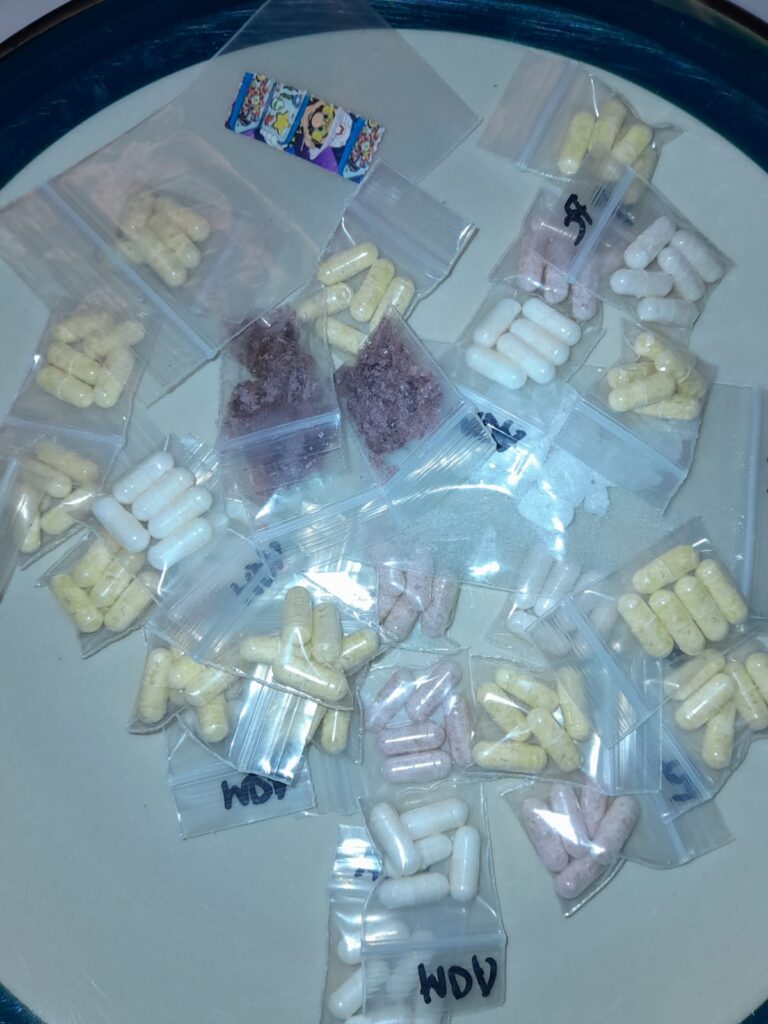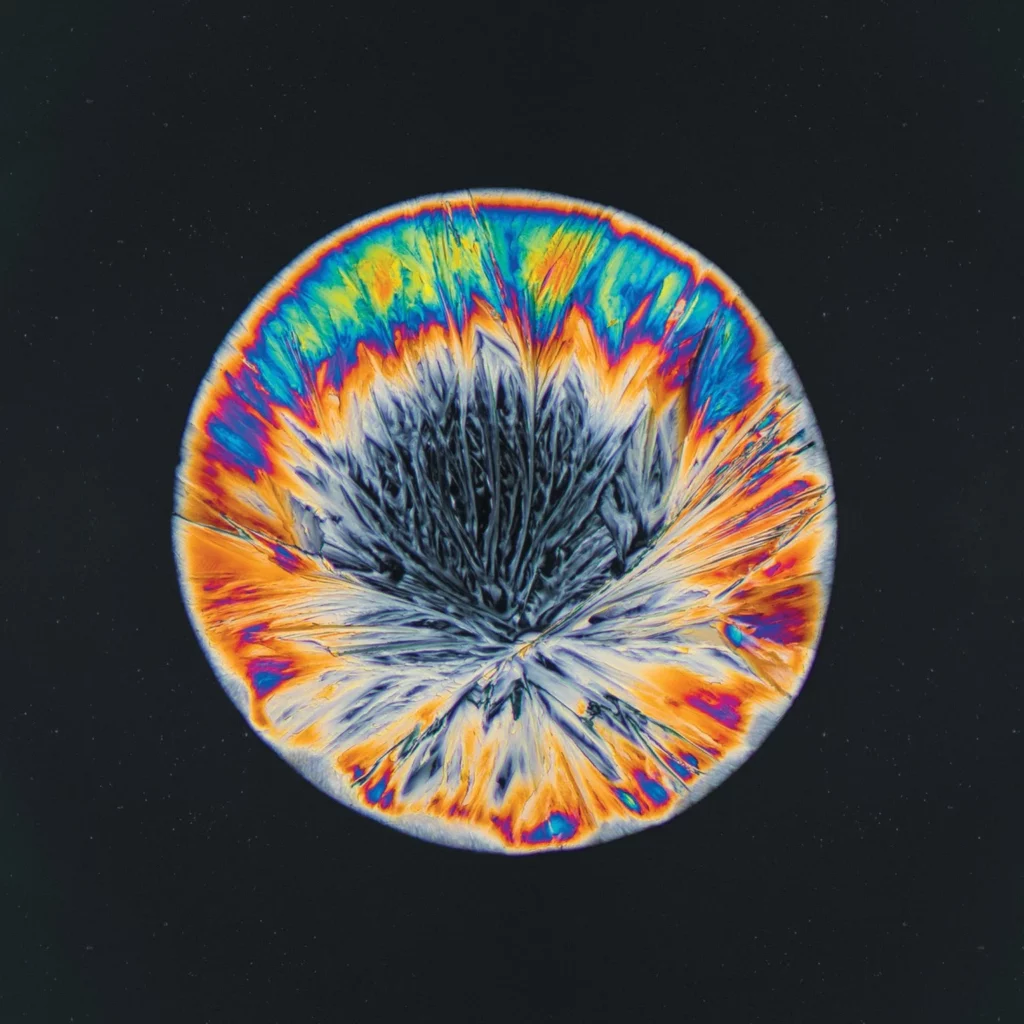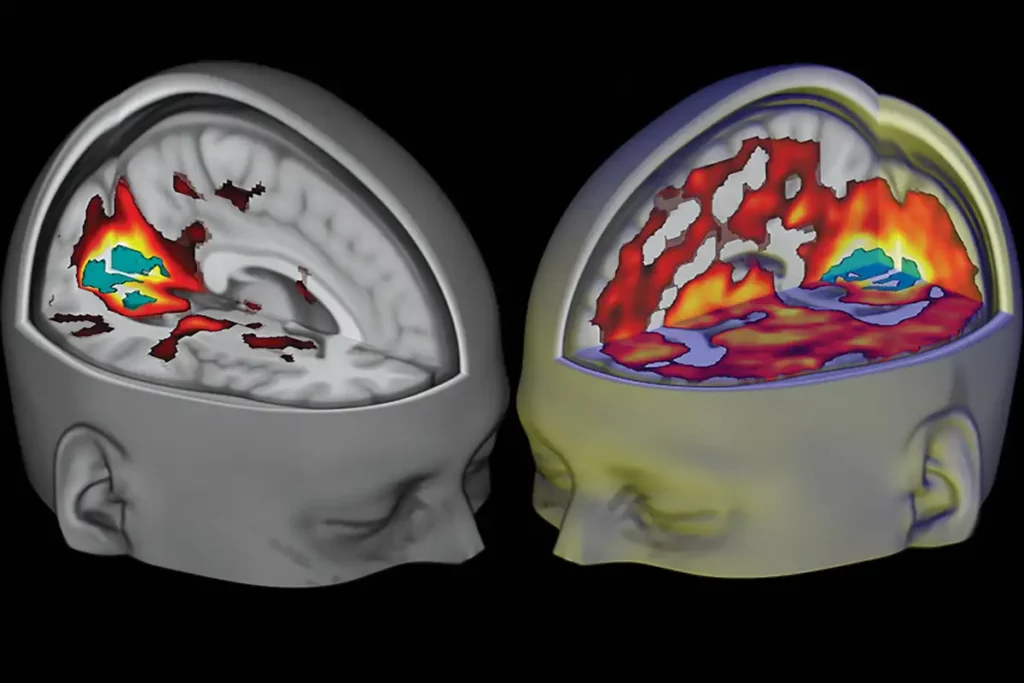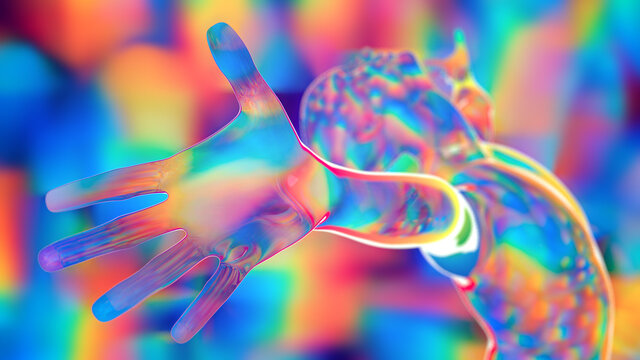
WHAT IS MICRODOSING?
Microdosing is taking tiny doses of a psychedelic substance to experience the perceived positive effects without a total high . Generally, users take a fraction of what a recreational amount would be. The most common for microdosing are psychedelics like LSD, magic mushrooms, and MDMA.
MICRODOSING MDMA
The idea behind microdosing MDMA, is to experience the mood-enhancing effects in small amounts, essentially using it as a do-it-yourself mood stabilizer.
MDMA reduces depression and other mental health symptoms .
High doses of MDMA cause a rush of serotonin, dopamine, and norepinephrine and keep them active throughout the central nervous system, specifically the prefrontal cortex, for long periods. The prefrontal cortex is critical in modulating the signals related to anxiety and mood regulation. In one controlled study using rodents, researchers observed structural changes in the brain and brain functions after one dose of psychedelics.
While microdosing MDMA is a relatively new concept, there have been controlled studies of MDMA-assisted psychotherapy using standard doses of MDMA between 40 mg to 125 mg to alleviate mental health symptoms. Participants reported reduced depression, social anxiety, and post-traumatic stress disorder (PTSD) symptoms. One pilot study around the treatment of PTSD monitored the brain waves and fear responses before and after taking MDMA, with a noticeable reduction in adrenaline and cortisol after taking small doses of MDMA.

What is MDMA?
MDMA is a synthetic psychedelic that functions as a stimulant and hallucinogen. When taken in typical doses, it increases the activity of:
- Neurotransmitters
- Serotonin
- Dopamine
- Norepinephrine
The substance produces effects like:
- An energizing and euphoric high
- Distortions in time and perception
- Enhanced enjoyment from sensory experiences
MDMA Use in Therapy
MDMA therapy uses regulated doses of the substance in a professional clinical setting. The treatment helps with certain conditions, including:
- PTSD and trauma
- Anxiety
- Defensiveness
How Does MDMA Help Trauma?
A recent study shows that MDMA can treat PTSD when medical professionals combine it with another type of therapy, like counseling.
MDMA therapy may increase the trust and bond between the person and therapist, allowing for more productive sessions. People can revisit traumatic memories and work through them without feeling overwhelmed or anxious.
What Does a Microdosing of MDMA Feel Like?

The effects of microdosing MDMA should be nearly undetectable. The only exceptions should be a slight elevation in mood, energy level, and increased emotional openness, which are the most common positive effects.
You should feel no physical sensation and have no altered visual perception.
What Are The Benefits of Microdosing MDMA?
According to proponents of MDMA microdosing, this practice has similar benefits to microdosing classical psychedelics. These include:
- Boosted physical and emotional energy
- Enhanced mood
- Improved concentration
- Reduced symptoms of anxiety, depression, & PTSD
- Increased ability to connect with yourself & others

Set & Setting: Creating a Positive Experience
Although you won’t have a full psychedelic experience when microdosing MDMA, you should still set your intentions and ensure you are in a safe and comfortable environment.
Microdosing is, after all, a practice used for self-discovery and growth. Consciously establishing your goals can help to track your progress and identify patterns of behavior that impact your success.
Before microdosing MDMA, take a moment to focus on what you want to accomplish. Keep it simple by spending a few seconds reflecting, or create something more concrete by keeping a journal or record of your goals.
The simple act of reminding yourself of your intentions when microdosing can both direct and improve your experience.
Dosing: How Much MDMA Should You Take?
A microdose of MDMA is between 5–40 mg, about 10 mg less than the lowest “standard” dose.
Start with the smallest possible dose — around 5 mg — for your first few days of microdosing. Increase your dose 5 mg at a time as necessary or until you reach a comfortable dose.
Remember, the goal isn’t to get high or experience changes in vision, hearing, touch, or physical sensation. The ideal dose will be between 5–40 mg and should help to support focus, energy, and mood without altering your perception. A true microdose should allow you to function as usual.
Timing: When Should You Take an MDMA Microdose?
Even non-stimulant psychedelics may provide an energy boost, which is why most people take their microdoses in the morning. Microdosing at night may decrease sleep quality and make you more tired during the day.
Since MDMA’s effects last around 3–6 hours, some users prefer to take their microdose in the early afternoon. Anecdotally, this may help to support mood and energy into the evening without impacting their ability to sleep.
How often and for how long you microdose MDMA will depend on personal preference.





